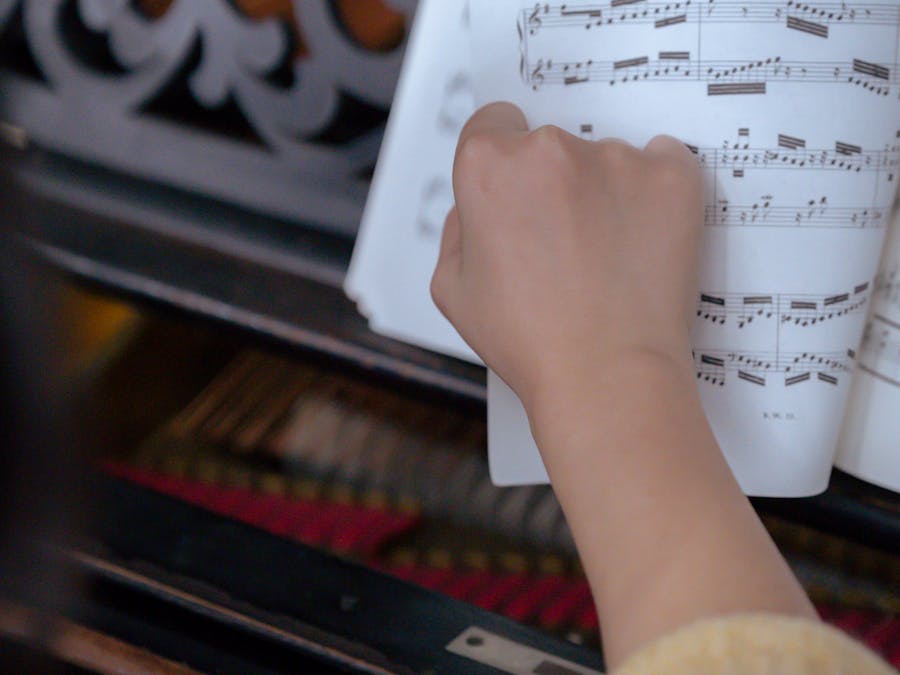 Piano Guidance
Piano Guidance
 Piano Guidance
Piano Guidance

 Photo: Ivan Samkov
Photo: Ivan Samkov
Pianists use their muscle memory to remember all the notes while playing. When a pianist plays a piece their muscle memory helps them to play the notes without necessarily having to remember every single note.

1907 The introduction of Bakelite—the world's first synthetic plastic—in 1907 marked the introduction of the Polymer Age.
Read More »
The ghost is a product of the characters' imagination. The ghost symbolizes oppression. May 13, 2018
Read More »Pianists have different ways of memorising and remembering all the notes in piece of music. What is so fascinating about music is that each one of us understands and relates to it differently. In this respect we have many different ways of understanding and learning music. Having said that there are fundamental steps that need to be taken, in order to memorise piano music. Here are 5 important steps: Learn the basic structures used in piano music Identify these structures using the music sheet Start sight reading the piece Learn each major part in the piece separately Learn the musical phrases within the major parts Keep practising and be patient until you gain muscle memory on the notes The first step as mentioned above is to learn the basic structures of a piece of music or this case a piece written for piano. Every piece of music is formed of structures known as the form. Depending on the different genres that a piano piece is written based on, it can be formed of 2 to 3 major parts.

However, often a giveaway piano is given away because it hasn't been played in years or the owner knows that it is need of some repairs and is not...
Read More »
However, middle C is not called middle C because it is in the middle of the piano. Middle C is called middle C because it is in the middle of the...
Read More »
Middle C The middle of all keyboards Middle C is a basic foundation note. It is the first note that beginning pianists learn to find on the piano....
Read More »
You can download the app for FREE to your iOS or Android device, but you will have to opt for one of the paid subscription services ($14.99 per...
Read More »The more pieces that you learn in your piano lessons or practise sessions, the more similar structures you discover and thus remembering all the notes will become less complex and demanding.

Scales with flat key signatures Major key Number of flats Minor key E♭ major 3 C minor A♭ major 4 F minor D♭ major 5 B♭ minor G♭ major 6 E♭ minor 4...
Read More »
If you want to be a professional classical performer, you're looking at a minimum of 10 to 15 years of concentrated study with a master teacher,...
Read More »
However, the average cost comes out to be around a $200-600 per board. But don't worry if this price scares you, it is possible to build a...
Read More »
Do You Need A Degree To Teach Piano? A music degree is not a requirement to start a piano teaching business. However, if you don't have some of...
Read More »